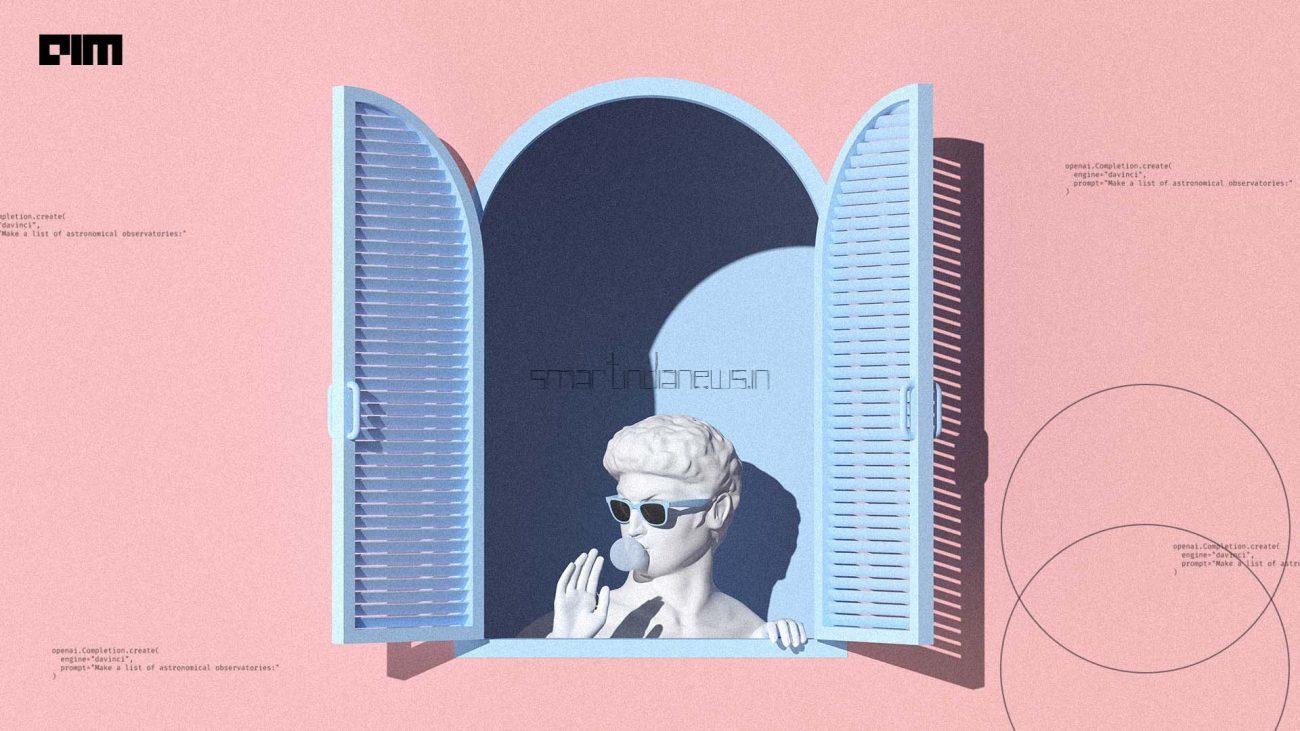According to the Wall Street Journal, NVIDIA is currently in talks about investing in a funding round for OpenAI, with potential valuing the AI company over $100 billion. As of May 2024, OpenAI was believed to be worth around $86 billion.
The announcement follows closely after NVIDIA’s outstanding results for the July quarter, during which earnings exceeded $30 billion, marking a 122% growth compared to the previous year.
In addition to NVIDIA, Apple and Microsoft are also thinking about getting involved in the funding. According to the report, Thrive Capital is taking the lead in this initiative with a $1 billion investment, and NVIDIA is thought to be looking at contributing approximately $100 million, as stated. Significantly, Microsoft has put in $13 billion into OpenAI as a whole.
Despite its reliance on NVIDIA GPUs for the development of its cutting-edge model, OpenAI’s future projects rely on these advanced graphics cards. However, Apple has recently formed a collaboration with OpenAI, incorporating ChatGPT into its Siri platform.
On Thursday, there was news that ChatGPT has reached over 200 million users each week, more than doubling its user base compared to the prior year.
To everyone’s surprise, this year, OpenAI has launched only two models: GPT-40 and GPT-40 Mini. Nonetheless, the organization has unveiled multiple other offerings, such as Sora, SearchGPT, Voice Engine, GPT-40 Voice, and most recently, Strawberry and Orion. It appears that the declarations were probably made with the goal of building excitement and securing financial support.
After the investment, the funds will eventually return to NVIDIA, as OpenAI buys additional computing power to develop its forthcoming advanced model.
NVIDIA is focused on protecting its network for the coming year and is presently directing its efforts towards its Blackwell GPUs. This collection features B100 and B200 models, designed for data centres and artificial intelligence purposes.
HarmanIve president Jensen Huang mentioned that the Blackwell is anticipated to be launched in the latter part of the year. “We’re currently testing early versions of Blackwell, Grace Blackwell, and various setups,” said Huang. “Around 100 unique Blackwell-based setups were displayed at Computex, and we’re preparing our network to begin testing those as well.”
Nonetheless, earlier findings suggested that delays of three months or longer might impact Blackwell due to issues in the design, a challenge that could impact clients like Meta Platforms, Google, and Microsoft. Together, these companies have spent tens of billions of dollars on these chips.
Huang holds the view that this marks the start of a much larger era in generative AI. “Conversational bots, AI systems that can code, and tools for creating images are expanding quickly, yet they represent only the beginning,” he stated. “Online providers are integrating generative AI on a massive scale for purposes like recommending products, targeting advertisements, and enhancing search algorithms,” he added.
In a statement from the NVIDIA Chief Financial Officer Colette Kress, it has been revealed that the forthcoming models will necessitate 10 to 20 times increased computing power for training, accompanied by a notably larger volume of data.
Just a few months ago, Huang went the extra mile by physically delivering the initial NVIDIA DGX H200 directly to OpenAI.
During the recently held Spring Update event, the GPT-40 voice capabilities showcased by OpenAI were achievable, thanks to the support of NVIDIA H200. “I would like to extend my heartfelt gratitude to the remarkable OpenAI team, and an additional special thanks to Jensen and the NVIDIA team for providing us with the cutting-edge GPU that enabled today’s demo,” Mira Murati, the Chief Technology Officer of OpenAI, mentioned in an interview following the event.
Apple is closing the gap in the AI competition. The firm has just launched iOS 18.1 beta 3, unveiling the AI-equipped Clean Up feature within Apple Intelligence that erases unnecessary elements from pictures to improve their quality.
This aspect of Apple Intelligence is rooted in the 3 billion model, a creation by Apple in the recent past.
Apple Intelligence excels at handling routine activities but falls short in advancing its logical thinking skills that are expected to be essential in the upcoming times. This is the role OpenAI steps in to play.
“This indicates that Apple doesn’t see a route where creating a rival, comprehensive LLM would be logical,” stated Gene Munster, the Head of Deepwater Asset Management about Apple’s financial support for OpenAI.
He stated that this implies Apple will depend on OpenAI, Google, and possibly even Meta for roughly one-third of their AI functionalities over time.
The leader of OpenAI, Altman, greatly admires Apple and his company eventually joined forces with it. He has recently expressed his admiration for the San Francisco-based technology leader, praising it for its technological skills. He stated, “The iPhone is the most significant technological achievement of humanity,” noting its near-impossible surpassing of previous standards, “the hurdle is very high.”
Through the Apple-OpenAI collaboration, people using Apple devices, including iPhone, iPadOS, and macOS, will soon have the opportunity to utilize ChatGPT, which is powered by the GPT-4 model. This chatbot service will be available to everyone later in the year, allowing users to enjoy its capabilities for free without the need to create an account. Additionally, ChatGPT subscribers can link their accounts and unlock premium features directly from these platforms.
Surprisingly, when OpenAI unveiled its ChatGPT desktop application, it debuted exclusively for Mac users rather than Microsoft Windows.
Additionally, it was mentioned that the company wasn’t compensating OpenAI financially, as it considered the startup’s benefit by providing ChatGPT to billions of users.
Nevertheless, putting money into OpenAI now could be a wise decision for Apple, since it would grant access to the newest models of OpenAI, just like Microsoft’s AI services mostly depend on OpenAI.
At the same time, OpenAI certainly shows a warm inclination towards Apple. This preference was evident at the OpenAI Spring Update, where Apple MacBooks and iPhones were prominently featured, whereas Microsoft Windows devices were conspicuously missing.

